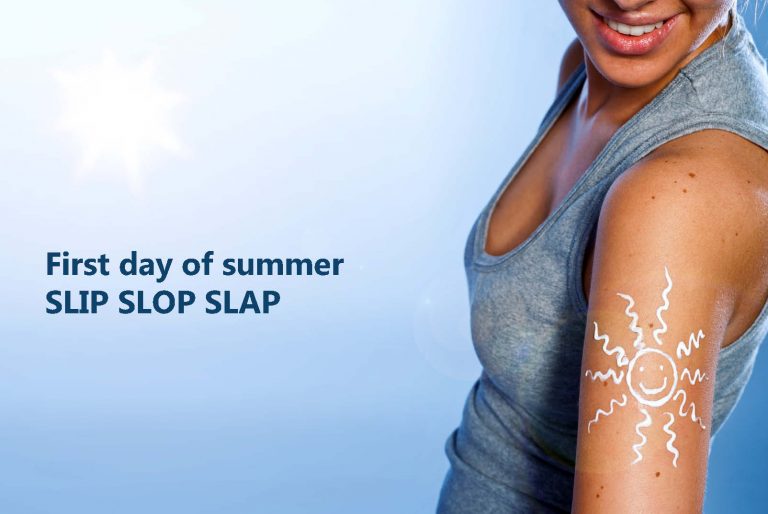It’s the first day of summer and Australians are set to embrace a season of sun, sea, sport, celebrations … and skin damage.
As we head outdoors, we all know the gold standard is to SLIP on protective clothing; SLOP on sunscreen; SLAP on a broad-brim hat; SEEK shade; and SLIDE on sunglasses, but what if our skin is already sun damaged, and/or we have a family history of skin cancer?
Skin Cancer College Australasia (SCCA) Chief Executive Lynette Hunt says: “While sun protection is the first step, early detection is the next best defence against skin cancer.”
“Skin cancer is almost entirely preventable,” she explained, “yet Australia still has one of the highest rates of skin cancer – and the highest rate of melanoma – in the world.”
“On this first day of summer, we encourage people to ‘SCAN’ their skin, follow up monthly, and promptly see their doctor if something is new or changed.”
“SCAN means to look for a spot, mole or patch that’s SORE (scaly, itchy, bleeding or tender and doesn’t heal within 6 weeks); CHANGING (size, shape, colour or texture); ABNORMAL (looks or feels different or stands out when compared to your other spots and moles); or NEW (recently appeared on your skin, especially if you’re over 40).”
SCCA advises people to use a mirror to check difficult spots like the back and scalp or ask someone to check for them. A family member, partner or friend can help, but SCCA also recommends people ask their hairdresser, beauty therapist or physiotherapist to tell them if they spot anything.
“We know these people play a key role in detection,” explained Ms Hunt. “Our skin cancer doctors notice many patients present to them after their hairdresser, physio or beauty therapist notices an unusual spot or mole on their skin.”
Acknowledging this trend, SCCA offers an online course developed by skin cancer doctors for hairdressers and other professionals who regularly see a lot of skin in their daily work. It takes participants through five easy training modules to help them identify unusual changes in their clients’ skin which might be skin cancer.
Anyone interested in completing the course, which is available free of charge until January 31 and takes up to an hour to complete, can register via the Skin Cancer College Australasia website: https://www.skincancercollege.org/understanding-skin-cancer/
With one million new cases of basal cell and squamous cell carcinoma and more than 13,000 diagnoses of melanoma in Australia each year, skin cancer not only affects individuals and their families but is also a huge burden on the health system, costing the Australian heath economy an estimated .1




